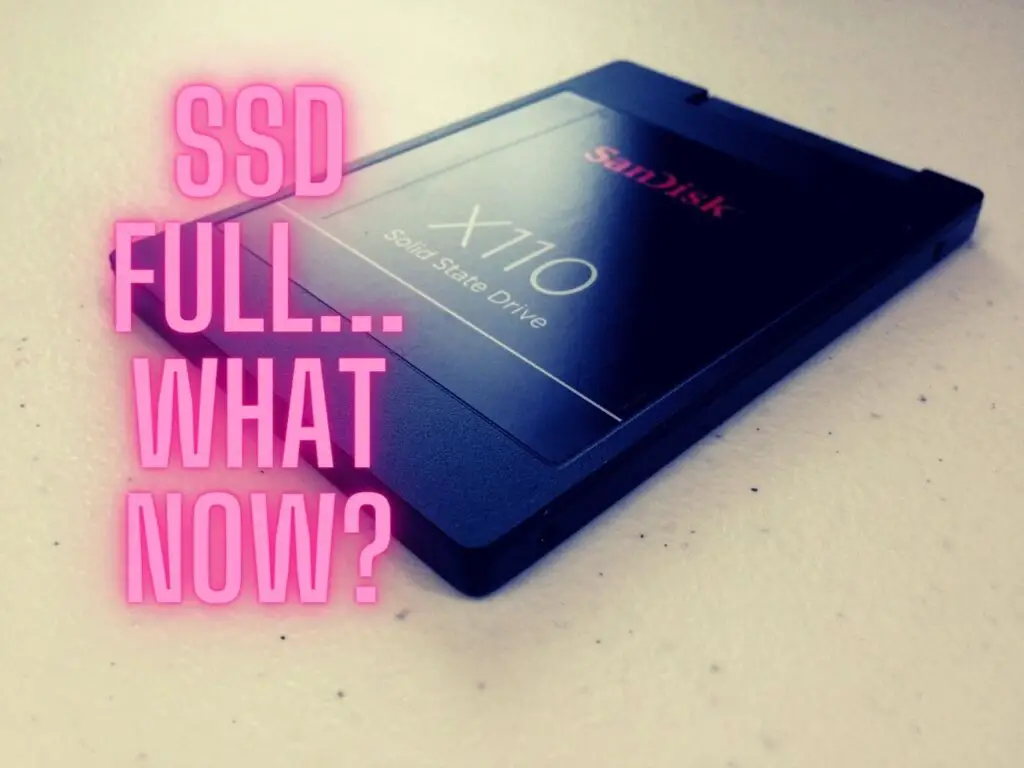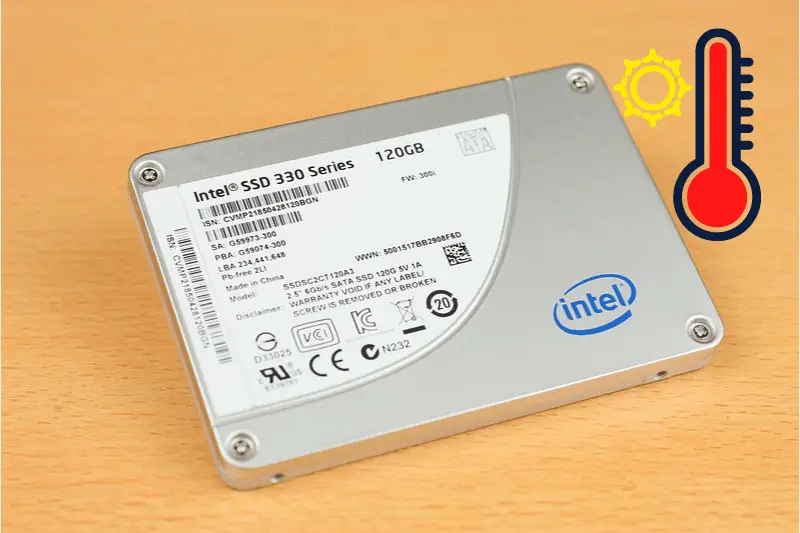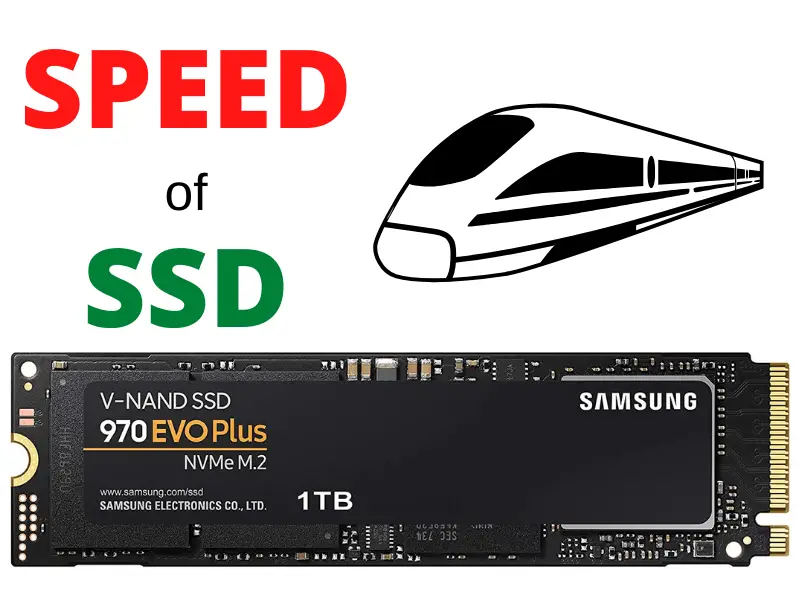3D printing technology has evolved significantly in recent years, and with it, the possibility of creating a variety of objects, including miniatures, has become more accessible than ever before.
Enthusiasts and collectors alike may wonder if 3D printing their own miniatures is worth the time, effort, and resources compared to purchasing them through traditional channels.
Table of Contents
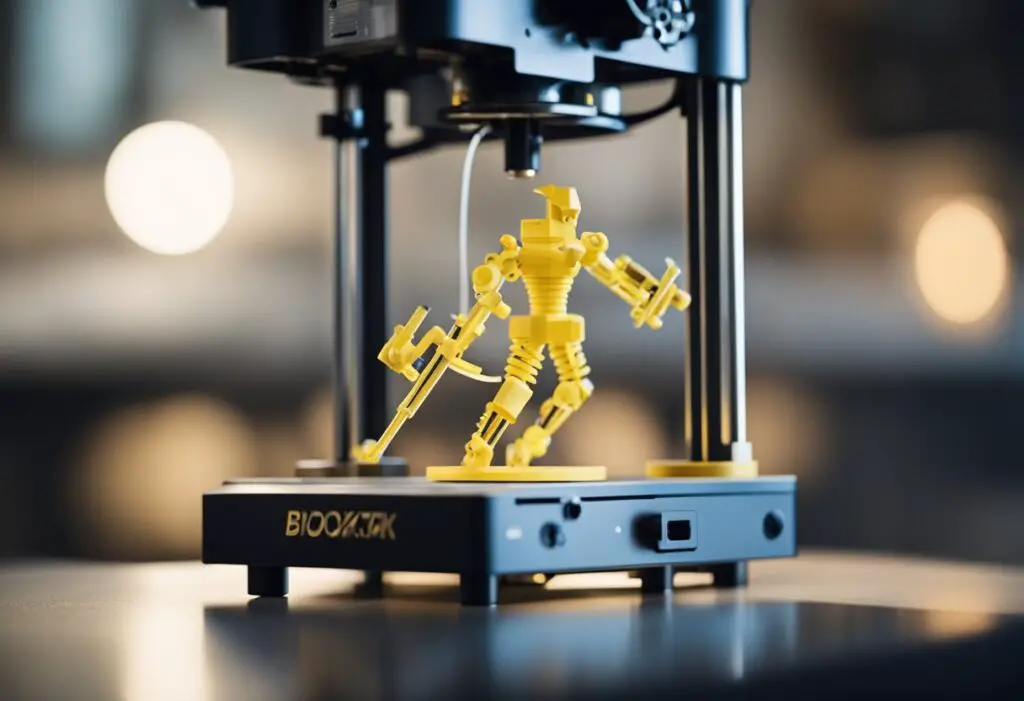
One aspect to consider is the cost-effectiveness of producing miniatures using 3D printers.
It has been reported that 3D printing miniatures can cost as little as $0.20 to $0.27 per piece, which is significantly lower than store-bought minis priced around $15 each.
Additionally, the initial cost of a 3D printer can be recouped after printing just 15 to 18 miniatures.
Another factor to keep in mind is the quality of 3D-printed miniatures.
Resin printers produce higher quality and detail compared to FDM printers, but they are more expensive.
It is essential to weigh the quality and cost trade-offs to determine if 3D printing miniatures are the best option for you.
Are 3D Printing Miniatures for Personal Use Worth it?
3D printing miniatures can be a great option for hobbyists and enthusiasts.
One of the most significant benefits is the lower cost compared to store-bought miniatures.
Typically, 3D-printed miniatures cost around $0.20 to $0.27 per piece, which is significantly lower than the $15 price tag that many store-bought miniatures have.
Another advantage is the ability to customize and design your own miniatures easily.
With modern 3D printers, the quality of printed miniatures is fast approaching that of traditional methods like injection molding.
This means you can create bespoke designs that closely match your preferences and desired level of detail.
When deciding to use a 3D printer for miniatures, one must consider the different types of 3D printers available.
Fused deposition modeling (FDM) and stereolithography (resin) are the two leading 3D printing technologies for miniatures.
Although resin printers produce higher quality and detail, FDM printers are generally cheaper and faster to print.
The initial investment for a 3D printer can be somewhat high; however, the cost can be recouped after printing 15 to 18 miniatures.
Additionally, 3D printing technology is continuously improving, making it cheaper and more reliable over time.
So, is it worth it to 3D print miniatures for personal use?
If you’re a hobbyist or enthusiast looking for custom, high-quality miniatures at a lower cost, then 3D printing certainly has its merits.
With the added benefits of easy customization and continuously improving technology, it’s an exciting time to explore the world of 3D-printed miniatures.
Is it Cheaper Buying Miniatures or to 3D Print them?
When comparing the costs of buying miniatures and 3D printing them, it’s essential to consider the initial investment and the cost per model.
Buying a single, officially licensed miniature for games like Warhammer or D&D can cost anywhere from $10 to $15, whereas 3D printing a similar model might only cost as little as $0.20 per print.
This suggests that 3D printing can be a more affordable option, especially if you plan to produce many miniatures.
However, there is an initial investment in purchasing a 3D printer and the materials required for printing.
The cost of getting started with 3D printing can be relatively high, but if you’re planning to create many miniatures, it can become more cost-effective in the long run.
In addition to cost savings, 3D printing allows for greater customization and flexibility in creating your miniatures.
You can design and print unique models that cater specifically to your needs and preferences.
This is an advantage that’s hard to put a price on and can make 3D printing more attractive to anyone who is passionate about miniatures.
In summary, 3D printing can be a more cost-effective option for producing miniatures, particularly if you plan to make a large number of them.
The initial investment in a 3D printer and materials can be high but can become more economical over time, especially when combined with the customization possibilities that 3D printing offers.
Is it Worth getting a 3D Printer for Warhammer?
When considering whether it’s worth investing in a 3D printer for Warhammer miniatures, there are several factors to consider.
Firstly, the initial cost of entry can be pretty high, depending on the quality and type of 3D printer needed.
3D printers on the market today have a wide range of prices, starting from around $400 and going up to $20,000.
However, hobby-grade resin 3D printers can often be found for $200-$400, providing decent-quality prints at a lower cost.
Secondly, 3D printing requires a significant time investment in learning not only how to use the printer itself but also in familiarizing oneself with 3D modeling software and finding suitable files to print.
While some may find this challenging, others will enjoy this aspect of the hobby, allowing for customization and creativity when it comes to printing their own models.
Next, it’s important to consider the legality and ethics of 3D printing Warhammer miniatures.
Printing straight copies of entire Games Workshop (GW) models could potentially lead to copyright infringement and may not be ethically acceptable.
However, if you’re printing unique, custom designs or supplementary parts for existing models, this is less likely to be an issue.
Finally, one of the potential advantages of 3D printing miniatures is cost savings.
When it comes to Warhammer, a backlog of unassembled models can quickly become expensive.
On the other hand, 20 resin-printed miniatures may cost only $2-$5, offering significant savings compared to GW’s prices.
It’s worth noting, though, that the quality of 3D-printed models may not be as high as official GW miniatures.
In short, the worth of getting a 3D printer for Warhammer miniatures depends on individual preferences, budget, and commitment to learning the necessary skills.
For some, the cost savings, customization, and creative freedom may be attractive, while others may prefer the quality and convenience of official Warhammer models.
Are 3D Printing Miniatures for Commercial Use Worth it?
3D printing miniatures can be a cost-effective solution for many hobbyists and businesses alike.
Printing small figurines ranges from $0.20 to $0.27 per piece, significantly lower than purchasing store-bought miniatures at around $15 per piece.
However, these figures can vary depending on factors such as material and printer type.
For those prioritizing quality and detail, resin printers may be more suitable, albeit generally more expensive.
On the other hand, FDM printers provide a more affordable option with faster print times but may not produce the same level of detail as resin printers.
In essence, it’s vital to balance the desired quality with the budget available.
In terms of commercial use, there are some legal aspects to consider.
Selling 3D-printed miniatures is only permitted if the original design or the creator has acquired permission from the intellectual property owner.
Different licenses may also apply, which can impact the legality of commercial use.
Moreover, 3D printing these miniatures is not always a straightforward process.
A considerable amount of trial and error is often necessary when adjusting print settings to achieve satisfactory results.
Some individuals may find this learning curve frustrating or time-consuming, but others may appreciate the creative control that it offers.
3D printing miniatures for commercial use can be worthwhile if the desired balance between cost and quality is achieved.
Additionally, proper licensing and a willingness to learn the intricacies of the printing process are critical factors in ensuring a successful outcome.
What Market exists for 3D Printing Miniatures?

3D printing miniatures have become increasingly popular in recent years, particularly as technology advances and 3D printers become more accessible to a broader audience.
The market for 3D-printed miniatures spans various industries and hobbies, such as tabletop gaming, model railroading, and collectible figurines.
In the realm of tabletop gaming, 3D printing has provided an affordable and customizable option for enthusiasts.
Players can choose from a multitude of 3D models or create their own, using FDM printers and resin printers for different levels of quality and detail.
Resin 3D printers create miniatures with higher precision, while FDM printers offer cost-effective and faster output.
In model railroading, enthusiasts who used to purchase ready-made structures can now use 3D printers to create their own, utilizing PLA, ABS, and other filament materials.
This expands the possibilities for unique and personalized model landscapes, catering to various time periods and settings.
Collectible figurines have also found their place in the world of 3D printing.
Hobbyists with a passion for pop culture or historical miniatures can bring their ideas to life by designing their own 3D models or finding existing ones within the community.
Depending on the printer used, these miniatures can range from basic plastic models made with FDM 3D printing to intricate, high-quality resin printing pieces.
As 3D printing technology continues to improve, additional industries and markets will likely emerge.
The appeal of 3D-printed miniatures lies in customization and the ability to cater to individual preferences.
The market is fueled by both dedicated hobbyists and casual users seeking creative outlets, ensuring ongoing growth and innovation within the realm of 3D printing miniatures.
How Much does it Cost to 3D Print 28mm Miniatures?
Comparing the cost of 3D printing miniatures to purchasing them shows that, on average, 3D printing is a more affordable option.
Officially licensed, unpainted, and unassembled miniatures from popular franchises like Warhammer and D&D can cost between $10 to $15 per model, while 3D printing an equivalent miniature might cost as little as $0.20.
For those into D&D miniatures, 3D printing can also be a more cost-effective solution.
Pre-made D&D miniatures usually cost around $1 if purchased in bulk (20 or more) and $5 to $10 if bought individually.
In contrast, 3D printing D&D miniatures may only cost between $0.10 and $0.50 per model.
When considering the cost of 3D printing miniatures, it’s essential to factor in the type of 3D printer and the materials used.
Resin 3D printers, for example, provide better details and smoother finishes for miniatures but tend to be more expensive.
However, the cost of resins has significantly decreased in recent years, making resin-based 3D printers like the Anycubic Photon Mono and the Phrozen Mini 4K more accessible to hobbyists.
Calculating the total cost of 3D printing a miniature involves considering several factors, including material costs, labor costs, and the time required to print.
Online calculators like the one found at omnicalculator.com can help you determine the final price by considering all these factors.
Therefore, 3D printing 28mm miniatures can be more cost-effective than purchasing them pre-made, provided the user can access the required equipment and materials.
How Much Money can you make Selling 3D Printed Miniatures?
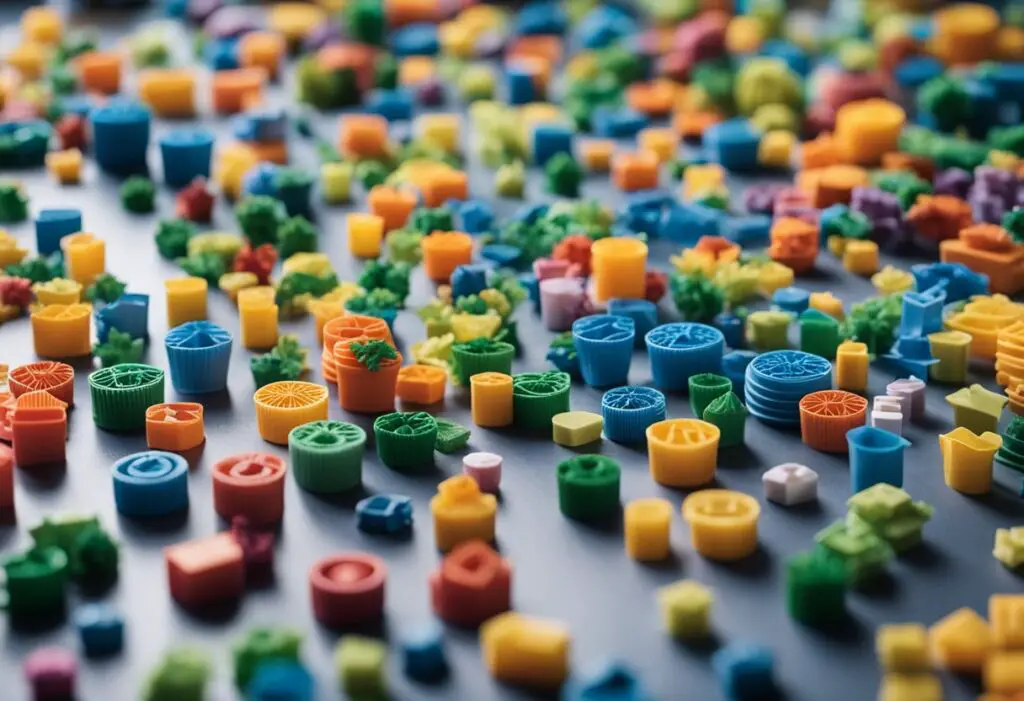
Selling 3D-printed miniatures can potentially generate a profitable income stream.
However, the exact amount of money one can earn hinges on various factors, such as design quality, cost efficiency, and target market demand.
Creating original designs or obtaining licenses for popular intellectual properties can make your miniatures more attractive to customers.
As you build your portfolio or online store, it’s essential to price your items competitively while factoring in the time and resources spent on their production.
Remember that the quality of the 3D printer and the materials you use can significantly influence the final product.
It is definitely possible to make substantial monthly profits by selling 3D-printed items, including miniatures.
Profits can vary depending on the volume of sales, pricing strategy, and the cost of production.
While it might not be enough to replace a full-time income, many enthusiasts have successfully turned this hobby into a lucrative side business.
When selling 3D-printed miniatures, it’s vital to adhere to any licensing requirements for the designs used.
Creating or obtaining permission for original designs decreases the risk of copyright infringement, allowing for legal and ethical sales.
Overall, the potential income generated from selling 3D-printed miniatures can be profitable if approached with creativity and dedication.
Success depends on producing high-quality products, appropriate pricing, and consistent marketing efforts.
Cost of 3D Printing Materials and Equipment
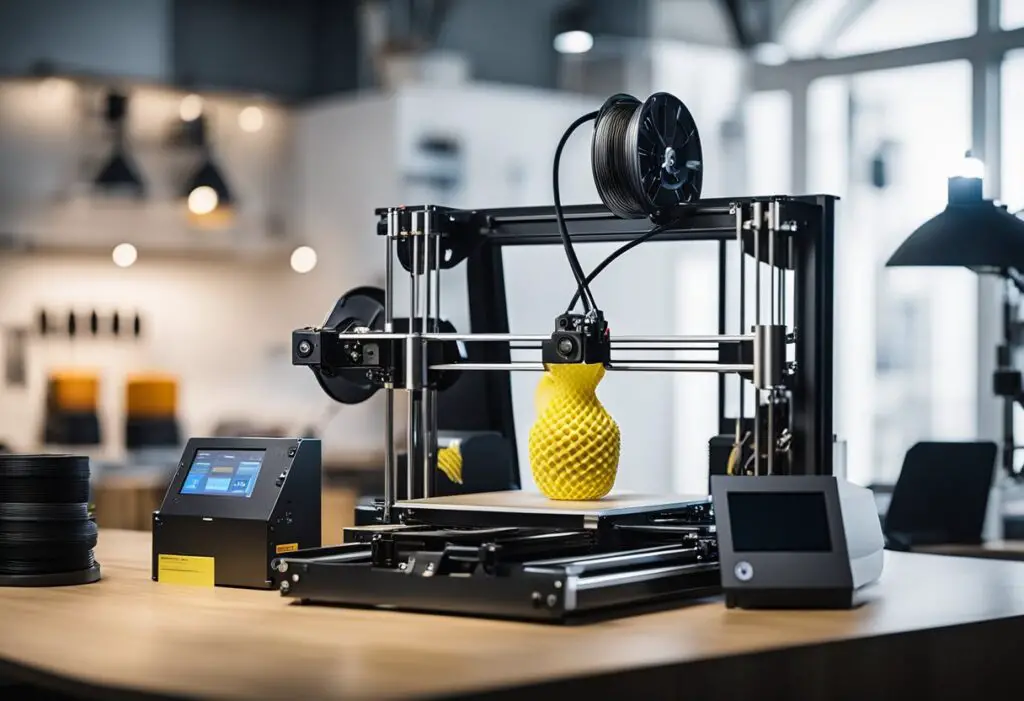
3D printing miniatures involve using different materials such as PLA, resin, and filament.
Each material has its own associated cost.
For example, the cost of FDM filament ranges from $15 to $400 per kg, depending on the material type and quality, while resin costs range from $20 to $200 per liter, depending on the resin type and properties.
Additionally, it’s necessary to consider the cost of a 3D printer, which usually consists of an FDM printer or a resin printer.
The workspace needed for 3D printing comprises the build plate, build volume, and other essential equipment, such as UV light for curing resin and isopropyl alcohol for cleaning printed models.
It’s crucial to possess a proper workspace setup to maximize efficiency and achieve well-crafted miniatures.
When it comes to sourcing 3D models for miniatures, websites such as Thingiverse and MyMiniFactory offer a vast array of STL files that cater to different interests and hobbies.
Users can easily download and print these models, saving the time and effort of creating models from scratch.
It’s essential to consider additional equipment and supplies, such as support structures, when calculating the overall cost of 3D printing miniatures.
These structures provide stability during the printing process and ensure high-quality results.
In conclusion, the cost of 3D printing materials and equipment ultimately depends on the type of printer, materials used, workspace requirements, 3D models, and additional equipment.
To determine if 3D printing miniatures are worth it, carefully examine these factors and weigh them against the potential benefits gained from utilizing this versatile technology.
How Long does it take to 3D Print a Miniature?
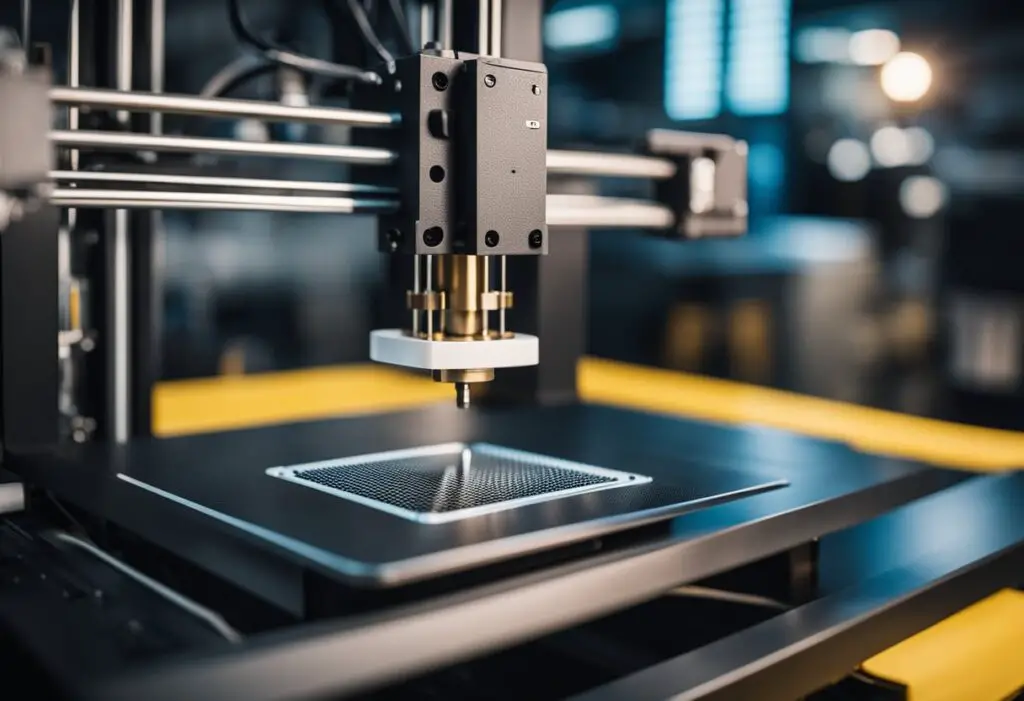
The time needed for 3D printing a miniature largely depends on factors such as the size, complexity, and level of detail required.
On average, it can take 30 minutes to print a 2-inch (5 cm) tall miniature. However, more intricate models would require a longer printing time.
When it comes to 3D printing miniatures, the quality of the final product is often a major concern for users.
To achieve higher quality, printing with thinner layers can be a valuable approach.
However, using thinner layers means that more layers are needed, which can significantly increase the overall printing time.
When printing larger or more complex miniatures, a technique called supports can be used.
Supports serve as temporary scaffolds to help maintain the structure and integrity of the model during the printing process.
Removing these supports after printing might add additional time to the overall process but ensure a better outcome.
One tip to save time when 3D printing miniatures is to print multiple models at once.
This approach increases the efficiency of the printer by utilizing the print bed more effectively.
However, it is essential to pay attention to the printer’s performance and settings to ensure quality is not compromised when printing multiple miniatures.
All in all, the time required to print a 3D miniature ranges depending on various factors such as size, complexity, detail, and printer settings.
It is crucial to balance the need for quality and speed when deciding the best approach for your 3D-printed miniatures.
Popular Miniatures you can 3D Print and will Sell
3D printing has become increasingly popular in recent years, and with it comes the opportunity to create and sell unique miniatures.
One of the most popular categories for 3D printed items is tabletop gaming miniatures, such as those used in Dungeons & Dragons (D&D) or Warhammer games.
These figurines are often small and highly detailed, which makes them perfect candidates for 3D printing.
While many designs are available online, some of the best options for 3D-printed miniatures include fantasy characters and creatures, such as warriors, elves, and dragons.
Moreover, there is also a growing market for sci-fi-themed miniatures, including robots, starships, and futuristic infantry units.
Since these miniatures are used in popular tabletop games, they are more likely to sell well.
In addition to gaming miniatures, 3D-printed architectural models and dioramas are also sought after by hobbyists and collectors.
This can include recreations of iconic buildings, as well as custom-designed settings for displaying miniature characters and vehicles.
With a 3D printer, you can create intricate and visually stunning pieces that will cater to people who are interested in architecture and history or simply enjoy having detailed models in their collections.
Lastly, if you are looking to target a broader audience, consider 3D-printed miniatures of popular icons from movies, TV shows, and comic books.
These can include superheroes, famous vehicles, and popular characters such as those from Star Wars or Harry Potter.
While you need to be cautious of potential copyright issues, creating your own unique interpretation of these well-known figures can appeal to a large fan base.
Overall, focusing on popular themes and niches in the world of miniatures and catering to the interests of various collectors and gamers will give you a higher chance of success when it comes to selling 3D-printed miniatures.
Is 3D Printing Miniatures Worth It: A Recap
3D printing miniatures has become a popular option for hobbyists who enjoy wargaming, tabletop sessions, and role-playing games.
The process allows for customization, and 3D-printed miniatures are considerably cheaper than store-bought models, with the cost per miniature being as low as $0.20 compared to $10 to $15 for an official unpainted, unassembled model from popular franchises.
However, it’s essential to consider that finish quality and ease of use may not be as high with 3D-printed miniatures as with professionally manufactured ones.
Acquiring a good-quality print can involve a lot of trial and error, tweaking settings, and investing time in finding the right balance.
Aside from print quality, initial costs for a 3D printer and required materials should be considered.
If the intention is to continue the hobby or expand into creating larger and more complex models, the investment in a good quality 3D printer may be justified.
On the other hand, for casual hobbyists who only require a few miniatures for their tabletop sessions, it might be more convenient and cost-effective to stick to purchasing ready-made miniatures.
Finally, 3D printing miniatures offer numerous advantages, such as lower costs and customization options, but may require a higher initial investment and more time and patience to achieve the desired results.
It’s essential to weigh these factors carefully and decide based on personal preferences, budget, and commitment to the hobby.


